Can the Porsche 718 Cayman S, with a sublime chassis but two fewer cylinders, cut it against the six-cylinder BMW M2 and Jaguar F-Type?
Oh, for heaven’s sake. This was supposed to be a foregone conclusion. Porsche 718 Cayman S arrives, there’s barely any competition, wins. Ta-da. Best sports car in the world beats other not-best-sportscars-of-the-world. The end.
But no. I’ve just driven it and two alternatives around bits of MIRA proving ground, around a drifty corner, down the Fosse Way where the surface is rubbish, around some road corners where the surface is all right, and on some dual carriageways and motorways to the New Forest. And actually, it’s not a very clear-cut decision at all. So I’m sorry, but we’re just going to have to get on with it.
To the Porsche, then. Ah, the Porsche. It’s the new car, hence the test, and it’s here in £48,834 2.5-litre S guise, one of two Cayman forms at the moment. The S is the more powerful one. Its 2.5-litre engine has only four cylinders – you might have heard – instead of the six it used to have, although it makes a lot more power than the previous 3.4-litre engine used to while, on paper, emitting and consuming less. But in practice, I doubt that there’s a lot in it.
It has 345bhp instead of 320bhp, which is good, apparently, but it also now has a turbocharger and two fewer cylinders, which is bad, definitely – from an aural and response perspective, any rate. But we’ll come to that.

It’s a two-seat, mid-engined coupé still, and the construction is much the same, but every panel apart from a couple of bits around the roof were renewed in the transition from Cayman S to 718 Cayman S. The front suspension is adapted from the Porsche 911 Turbo, the rear suspension has bits of previous-generation Cayman GT4, the steering is 10% faster than the old Cayman’s was and the geometry, springing and damping are all new for the seven-eighteen.
Inside, there aren’t vast differences between Caymans old and new. You sit relatively low, but with reasonable visibility that now includes, pleasingly, a view of the tops of each wing, which I don’t remember having before. It’s quite reminiscent of 911s of old – a cute touch.

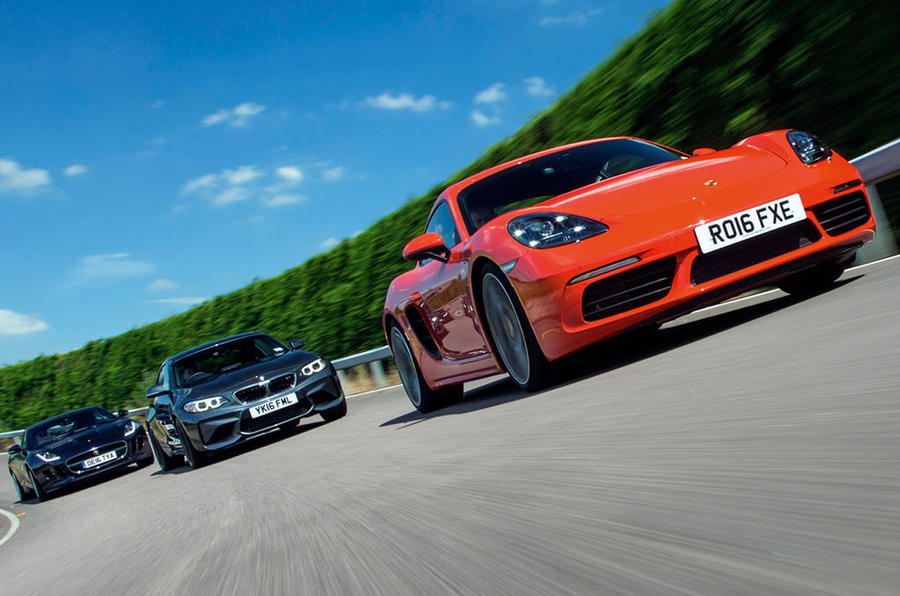



















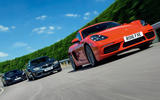




















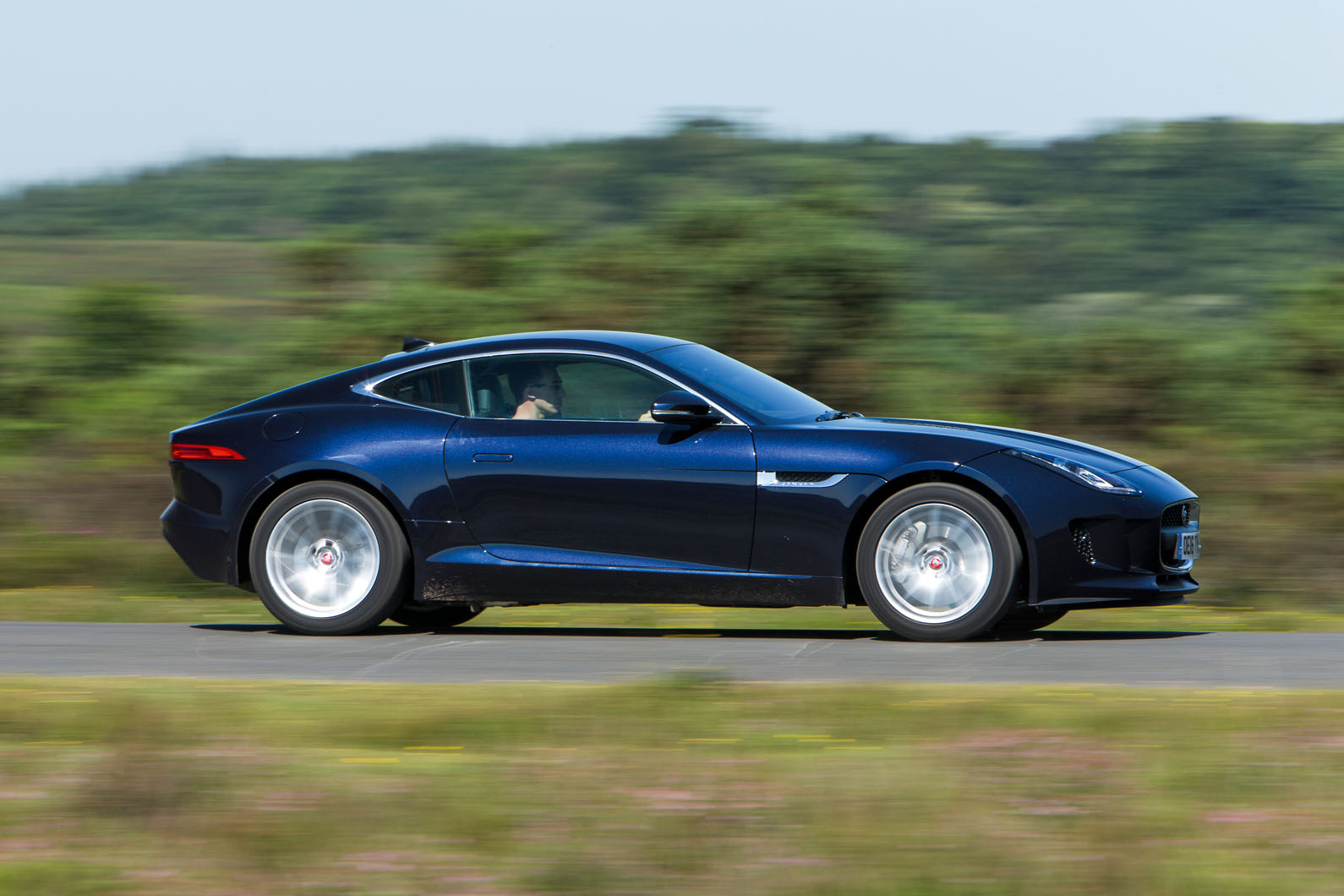
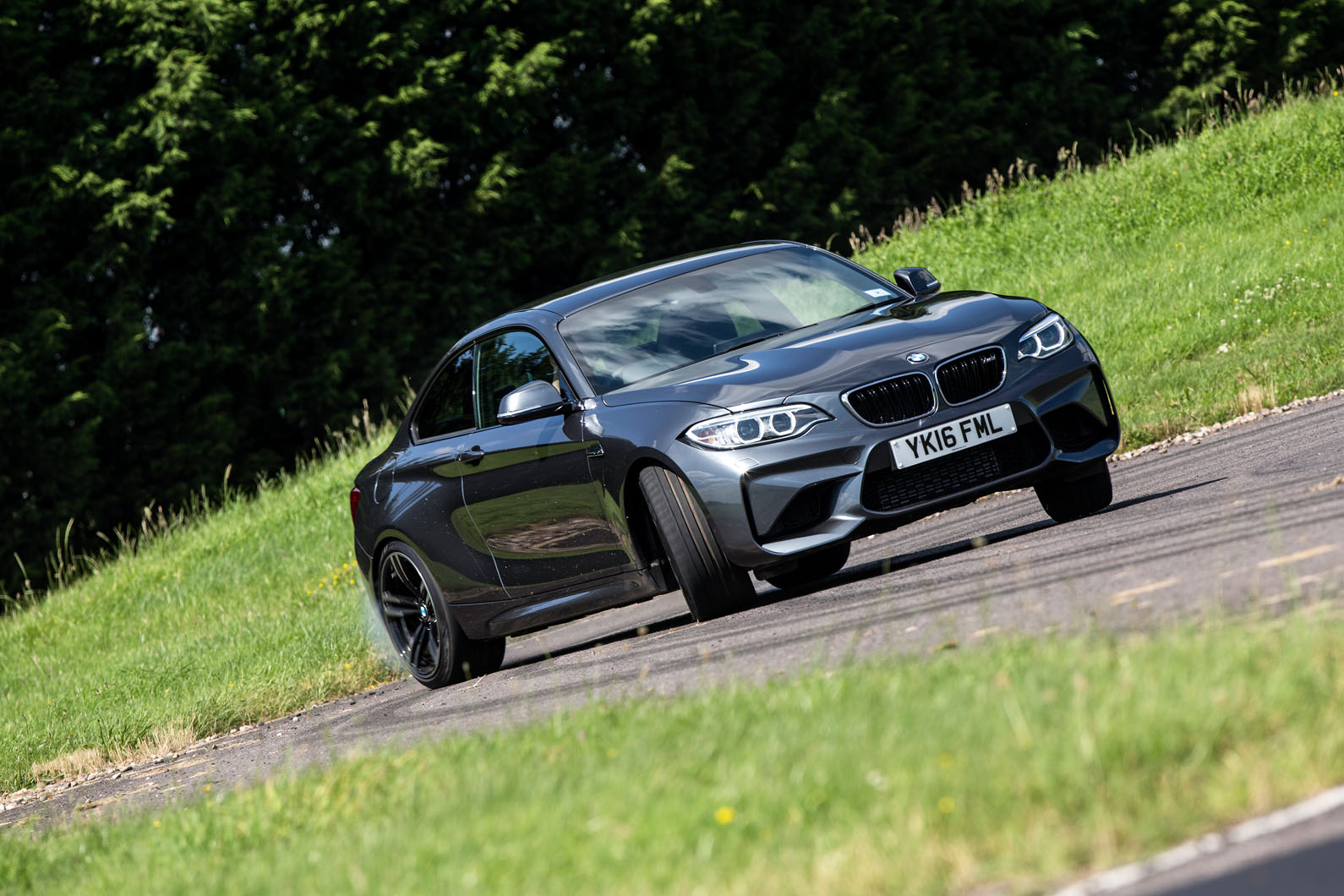

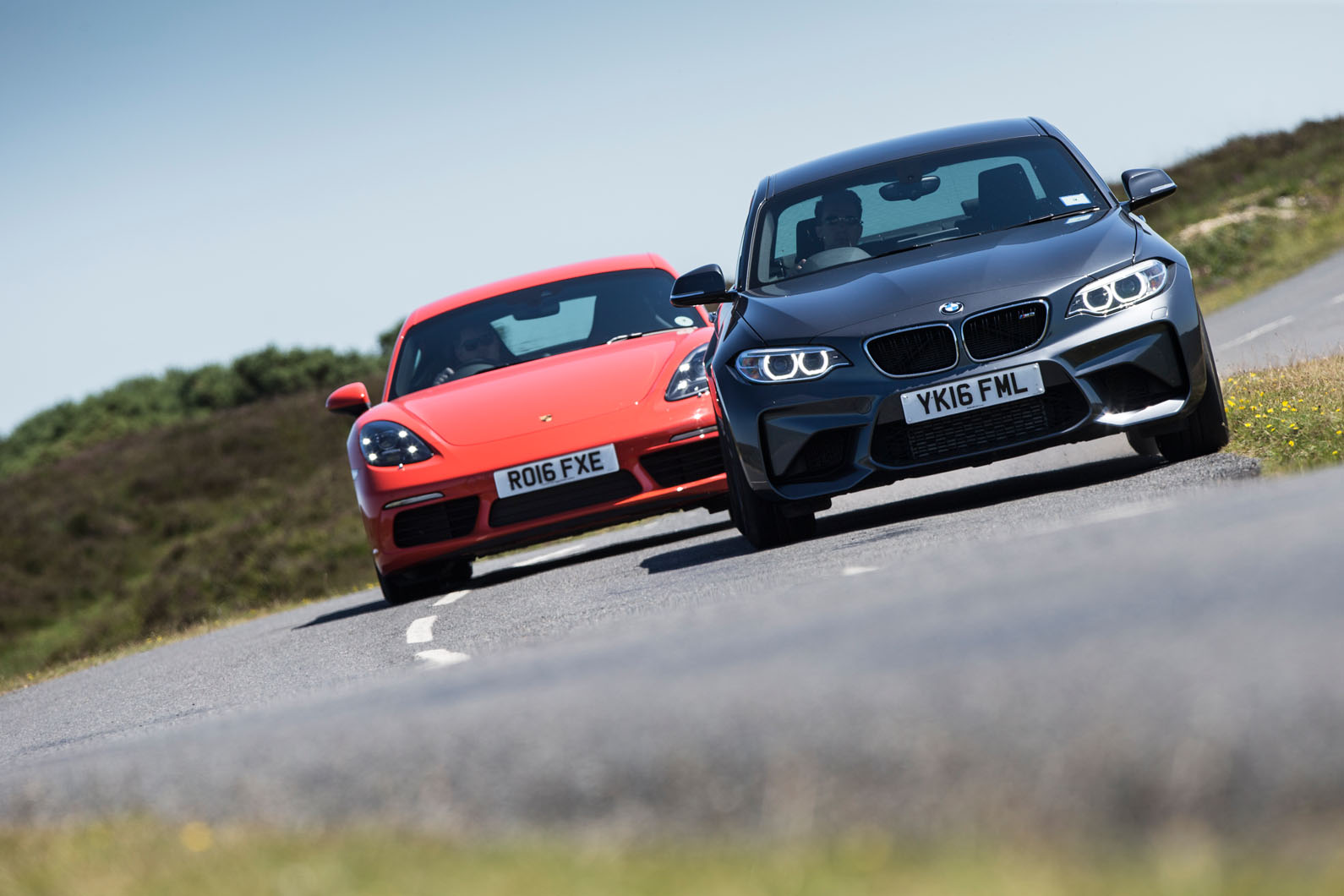





Join the debate
Add your comment
It would appear that the old flat six is the same economy as the
These boxy fours should be way less as the perceived value of the cars now is well under £30k.
could just be the spec of
michael knight wrote:
Perhaps, although I see it as far more at home amongst this company than in the 911-territory that its priced in.
A personal perspective
I was seduced by the great looks and glowing UK reviews of the F-type convertible so, earlier this year, I sold my (987 generation) Boxster and bought the Jaguar. I kept it for two months before accepting my mistake and trading it in for a new (981 generation) Boxster. My problems with the F-type were both practical and subjective. Practically, it was about 150mm wider than the Boxster and simply felt too wide to be easily hustled along the rural B-roads around me. I fully expected to lose a door mirror or worse to oncoming tractors or Transit vans. It also had 20" wheels, which were incredibly vulnerable to kerbing when negotiating traffic in the narrow streets of the small market town where I live. Subjectively, although it was seriously fast, I found it to be pretty uninvolving when driving it at "normal" (i.e. legal!) speeds. To me, it didn't feel at all like a sports car. I think JLR's decision to pitch it into a perceived niche half way between the Boxster and 911 has left the F-type with a bit of an identity crisis; too big and unwieldy to be a true sports car, too demanding a drive to be a relaxed grand tourer (and it has far too small a boot for the latter role). The Boxster, on the other hand, is a sports car in that it always feels "special", even at 30mph. It's also far more practical, with its two boot spaces. That said, the older 987 generation car was, at the margin, a better drive than the 981 due to its extraordinary visceral steering. The electric power steering on the 981 feels slightly synthetic and less communicative by comparison. It's still, IMHO, a better sports car than the F-type.
Daniel Joseph wrote:
interesting insight - you're right about the packaging, it's 911-wide and has a very high beltline which makes it feel even more difficult to judge its dimensions. I guess Jags have always been more about the grace and pace rather than real sporting feel. But again, the extensive use of Aluminium (like the XE) results in a heavier car than its rivals. Is the Al JLR are buying a duff batch from China?!
Where goeth the Cayman ?
Emissions game
Regarding Porsche's price and development cost